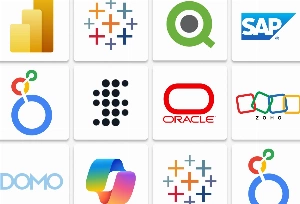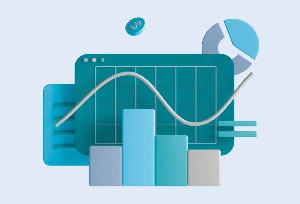#1 The Rise of Python in Artificial Intelligence
Python is one of the drivers of intelligent automation. Developers can quickly prototype ideas using high-level libraries such as TensorFlow or PyTorch, work closely with neural networks, natural language processing, and computer vision.
But in 2026 we’re looking for even better speed and accessibility in AI-driven innovation.
- Explainable AI (XAI) is for sure one of Python technologies that we’ll experience more soon. Tools like SHAP and LIME will help developers understand which features influenced a decision and by how much (which is very important in industries like healthcare, finance, and legal).
- Running AI models used to require cloud servers and heavy compute power—but not anymore. Frameworks like TensorFlow Lite and PyTorch Mobile, paired with Python, are allowing developers to deploy trained models directly on edge devices: smartwatches, drones, industrial sensors, and even medical wearables.
- No-code/AutoML tools like PyCaret are lowering the barrier to entry. For example, a marketing analyst with zero ML experience can use PyCaret to predict customer churn based on CRM data.
#2 Python in Machine Learning
Python's versatility and its ability to process and visualize large datasets, makes it the most practical choice for applied machine learning.
The language integrates with extensive libraries like Scikit-learn, XGBoost, and LightGBM so developers can easily train robust models.
Scikit-learn provides a smooth entry point into ML with tools for classification, regression, and clustering, while frameworks like XGBoost and LightGBM push performance boundaries in structured data tasks, especially in predictive modeling competitions.
For example, a SaaS company might use Python to run daily churn predictions on customer data. But instead of treating that as a one-off script, they treat it as a live system:
- Data is streamed in daily from the CRM,
- The model retrains weekly,
- Model outputs go into a Slack bot that alerts customer success teams about high-risk accounts.
And it’s all built using Python: from data ingestion to model tuning, to the final alert.
#3 Python's Role in Data Science and Analytics
In the data science lifecycle, Python also plays an important role. Its powerful libraries like NumPy and Pandas enable fast and flexible data manipulation, while tools like SciPy provide advanced statistical operations for deeper expert analysis.
On the visualization front, Matplotlib, Seaborn, and Plotly help transform raw numbers into meaningful, interactive dashboards and charts. Gensim brings natural language processing into the mix, making it easier to perform topic modeling or semantic analysis.
What does this Python technology mean for businesses?
Businesses want to know what’s happening right now and what’s likely to happen next. That shift is driving Python’s use in streaming data processing and automated decision-making.
A simple illustration of how it works in real-life is the way retailers are using real-time Python data pipelines to update pricing based on competitor activity or demand spikes.
#4 Advancements in Python for Web Development
Web development in Python is evolving into something leaner and more agile.
The modern Python web stack is lightweight and async-ready, which is perfect for building modular services, not monoliths. More teams are favoring micro backends, deployed independently, and often tied to mobile apps, internal tools, or AI pipelines.
We’re also seeing Python break into the front-end space in a more serious way—not as a replacement for JavaScript in every case, but to empower backend-first teams to build UI-driven apps without switching stacks.
Startups are building MVPs where the same Python codebase powers everything: from the API to background jobs, to live dashboards served to users, cutting app development time in half.
#5 Python's Integration with the Internet of Things
Python is well-suited for prototyping and controlling IoT devices.
With MicroPython and CircuitPython, developers can use Python on microcontrollers to build lightweight IoT applications across industries. Python's support for frameworks like Paho MQTT and Home Assistant will enable seamless integration with IoT networks, allowing devices to communicate efficiently.
In 2026, we can expect deeper integration of Python with edge computing, which will allow for local processing of IoT data, thus reducing latency and dependency on cloud services.
Gratefully to Python technologies, we will see more systems are designed to process data locally (on sensors, drones, and embedded systems) before ever touching the cloud. Python’s simplicity makes it ideal for programming these low-power edge devices and integrating them with cloud platforms when needed.
This is critical for industries like agriculture, energy, logistics, and remote healthcare, where internet access is limited and real-time response is essential.
#6 Python for Cross-Platform Development
Cross-platform app development with Python is becoming less about building UI clones and more about delivering consistent logic across different platforms.
Python trends in 2026 are about a deeper focus on shared backend logic, reusable components, and flexible interfaces that adapt across devices: desktop, mobile, browser, and even CLI.
Rather than trying to beat native apps on UI, Python is being used to power lightweight internal tools, automation dashboards, and prototypes that can live anywhere and serve many teams.
#7 Python's Influence in Quantum Computing
Python’s integration with quantum computing is one of the most exciting trends for 2025.
As quantum computers become more accessible, Python will be at the forefront of this revolution, with frameworks like Qiskit (by IBM), Cirq (by Google), and PennyLane (by Xanadu).
In 2025, we can expect Python to make quantum computing more accessible to researchers, scientists, and developers so that industries like pharmaceuticals, finance, and logistics to benefit from quantum solutions.
#8 Performance Optimization in Python Development
While Python technology is known for its ease of use, it often lags in raw performance compared to languages like C++ or Java.
This one of Python trends isn’t about rewriting everything in C. It’s about targeting the slowest parts of the stack with optimization tools, while keeping Python as the preferred language for flexibility and speed of development.
An example?
In fintech, analysts are building Python models to evaluate millions of financial transactions, then optimizing the core functions using JIT compilers to keep performance high without sacrificing maintainability.
The Role of Python in Business Solutions
Python has emerged as a powerhouse in the tech world, not just for experienced developers, but for businesses across every major industry. Its simple syntax, vast ecosystem, and flexibility make it the go-to language for building scalable, efficient, and intelligent business applications. 
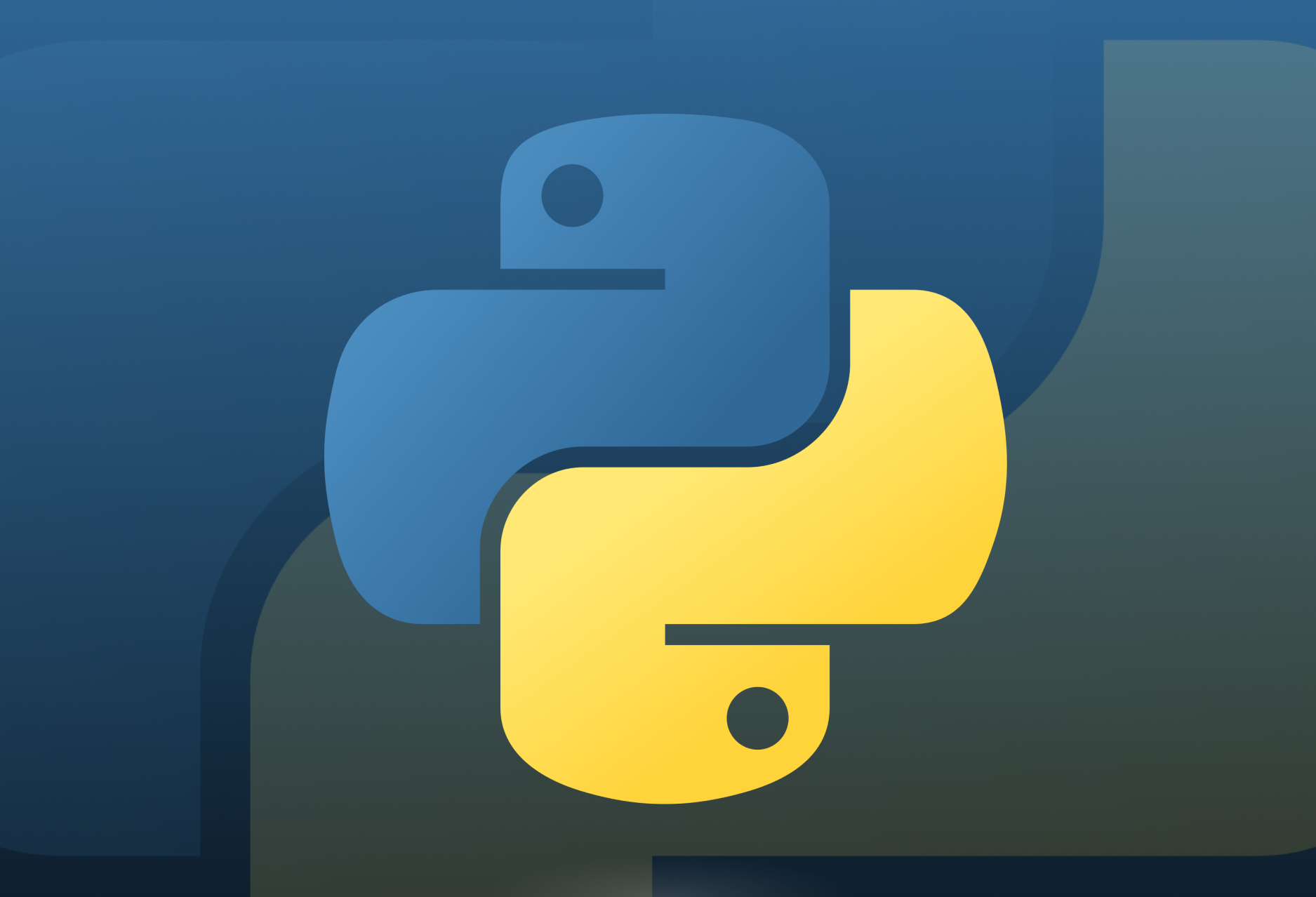

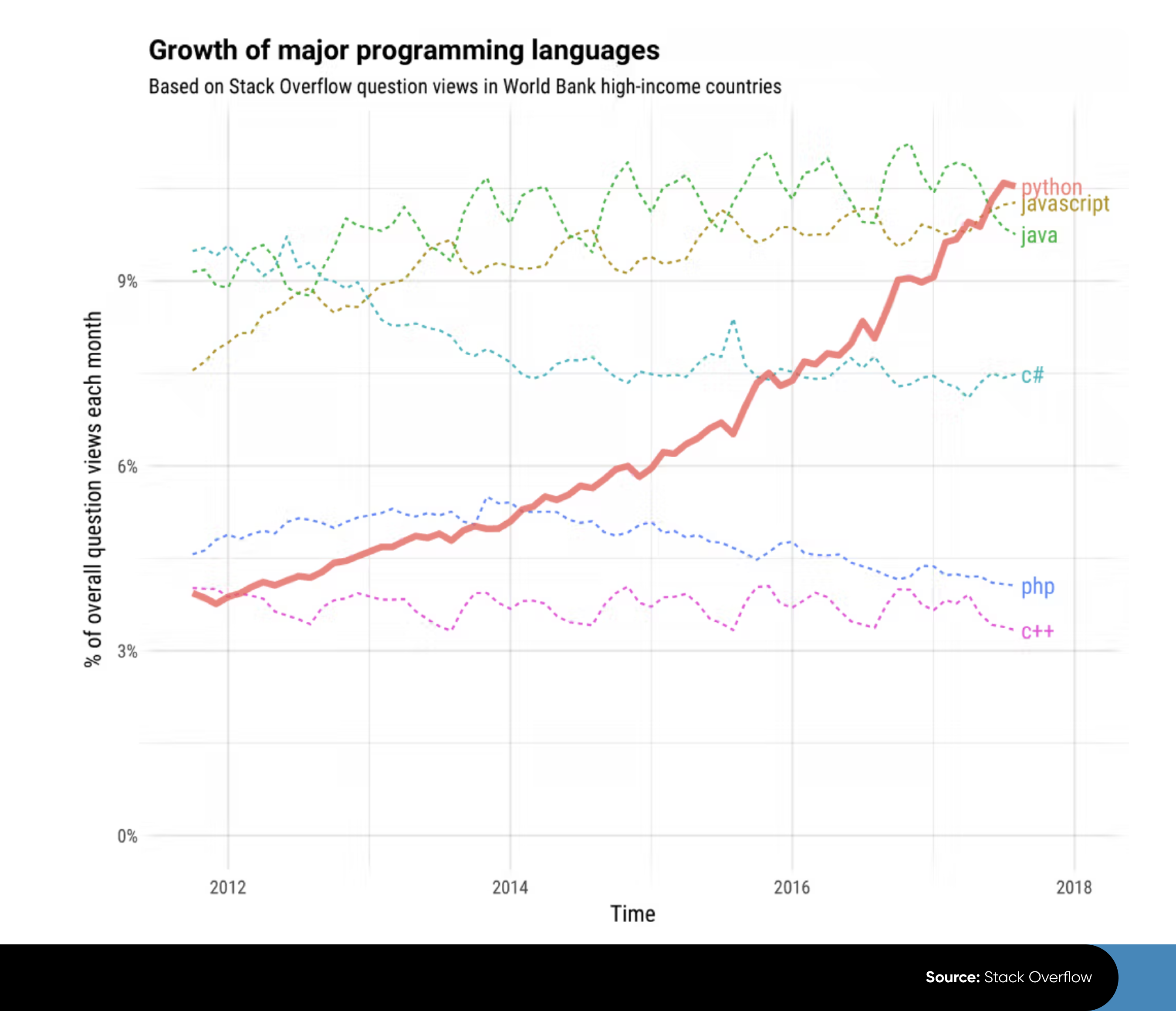
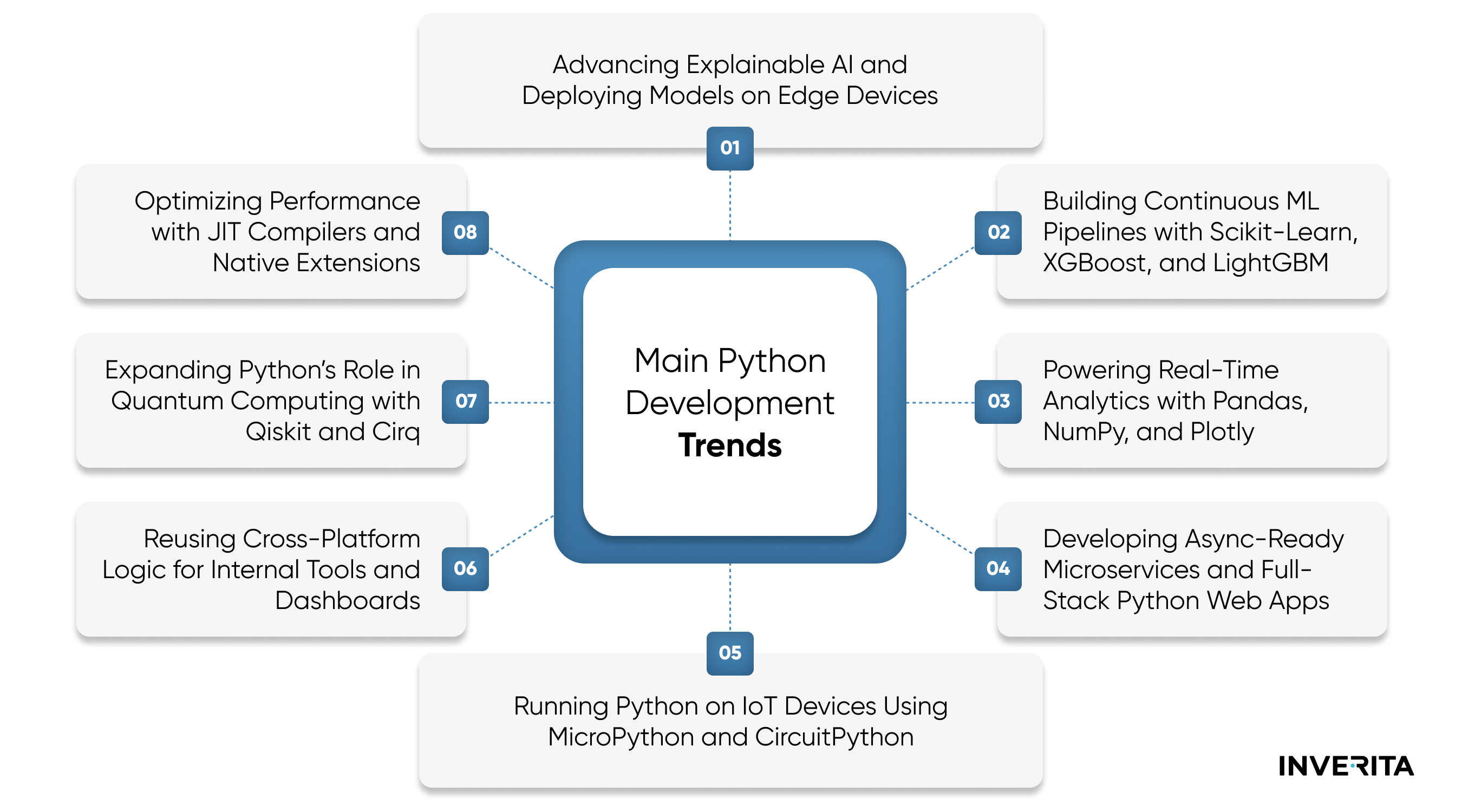
_1744284714.png)



_1764586939-small.webp)
